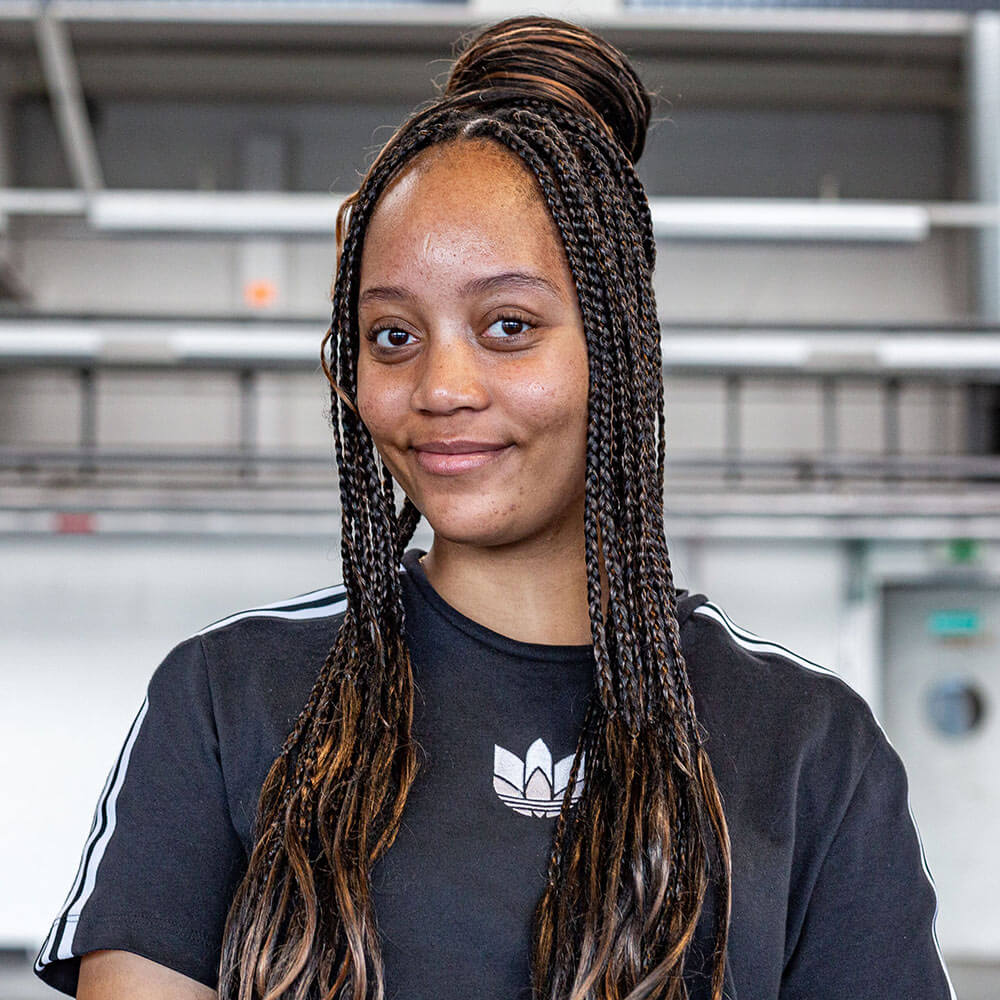A pioneering university, as I imagine it, must transcend traditional boundaries of disciplines, and embrace the fluidity of knowledge and skills. This vision proposes a shift from the rigid structure of specific faculties and departments to more adaptive, ‘liquid faculties’. These entities could take the form of collaborative clusters such as ‘Artificial Intelligence & Society’, ‘Digital Humanities’, or ‘Immersive Technologies & Art’, where students and faculty across disciplines come together to push the boundaries of innovation.
The curriculum must be reimagined around problem-based learning, encouraging students to apply their knowledge to real-world scenarios. Instead of viewing disciplines as separate fields, this approach acknowledges that many of the world’s problems require interconnected solutions. As an illustration, a discussion on the ethical implications of AI in society could draw upon computer science, sociology, ethics, law, and the arts to foster a comprehensive understanding of the issue. Utilizing advanced collaborative technologies should become a norm within the university structure. Implementing Augmented Reality (AR) and Virtual Reality (VR) can offer immersive collaborative environments where students from different backgrounds interact, design, and create. These digital environments could be used to hold interdisciplinary seminars, collaborative projects, and shared exhibitions, fostering a sense of community and collaborative spirit.
An important aspect of this transformation would be the implementation of an Artist-in-Residence Program. Such a program would welcome artists to work within the academic landscape, engaging with technology and social science researchers. These artists, through their unique perspective and creativity, can help steer the direction of research, technology development, and societal impact assessments, bringing a fresh perspective to these disciplines. The future university should be an active participant in society, not just an observer. This means active engagement with the surrounding communities, where students and faculty collaborate on projects that use art and technology to address societal needs. Such initiatives not only offer students real-world experiences but also make academic research more relevant and impactful, grounding it in the needs and aspirations of society.
The educational journey needs to be student-directed, and to achieve this, the curriculum should be dynamic and adaptable. AI-powered learning platforms can personalize education, offering students the freedom to carve their interdisciplinary paths. They can choose the subjects they want to learn, the problems they want to solve, and the communities they wish to engage with, making education a deeply personal and transformative experience. The reach of the future university should extend beyond the physical campus or national boundaries. It should form a global network through partnerships with other universities, research institutions, NGOs, and companies worldwide. This international collaboration encourages the exchange of ideas and the creation of culturally and regionally diverse solutions, expanding the university’s influence and enriching its educational offerings.
Finally, the university must champion the concept of lifelong learning. It needs to acknowledge that the learning journey does not end at graduation. Offering continuous learning opportunities for alumni and the public through short courses, seminars, and collaborative projects can keep everyone updated with the latest interdisciplinary developments. In summary, the university is more than just a hub of knowledge; it is a thriving ecosystem of interdisciplinary collaboration, societal engagement, and continuous learning. It harnesses the power of technology to foster creativity and innovation, preparing students for adaptability and growth in a rapidly evolving world.
Fall Term Project: Mirror Mirror

